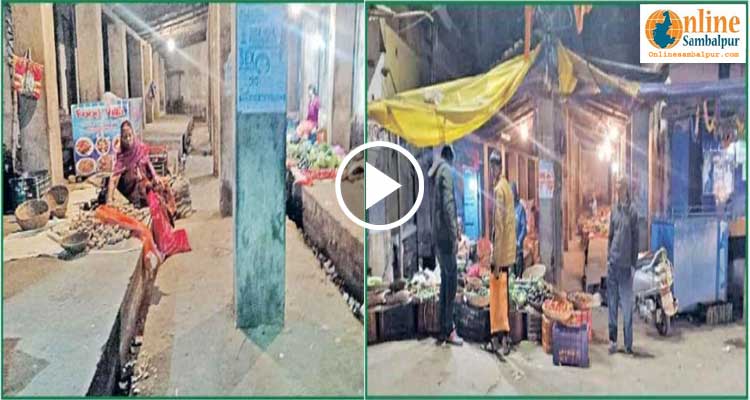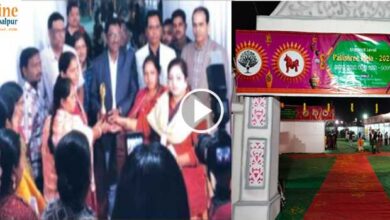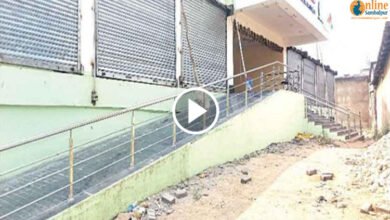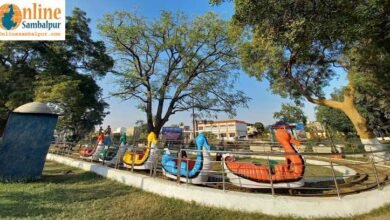Sambalpur: ‘Market'(ହଟଲି) tradition is lost; Vending Zones can’t solve the problem, Items are lying on the road side

Sambalpur: Haat Bazar fulfills the needs of various items required in daily life. The tradition of haat bazaars dates back to the dawn of human civilization. Its shape and form have undergone extensive changes over time. It ranges from Stalls to Big Malls. Even in Sambalpur, the tradition of Hat or Hotli is very old. According to information, this market (ହଟଲି) tradition started in Sambalpur from the harvest of Raja Maharaja in the 17th century or later. Over time, the number of markets (ହଟଲି) increased to 10 in Sambalpur city. Land and other arrangements were made especially for this on behalf of the king. However, except for one or two markets (ହଟଲି), all the other markets (ହଟଲି) have been closed down.
As an alternative, even if the vending zone is built by SMC, it will not be able to meet the needs of the people and traders, the intellectuals believe. According to the information, in Sambalpur city, market (ହଟଲି) are Hatapada, Badabazar, Modipada, Kunjelpada, Cheruapada, Dhanupali, Khetrajpur, Municipal Chowk, Near Golebazar, Budharaja and Sakhipada. Historian Deepak Kumar Panda informed that in the beginning, all the arrangements were made by the king to sell the land especially for Hatli, farming and housing works, and various goods. In the course of time, these market (ହଟଲି) have been closed down. Apart from Hatpada and Modipada, there are usually no more market (ହଟଲି) sitting in other respects. With time, the population of Sambalpur city increased and it became known as Penthaspuli of West Odisha. During the Irish rule, Deputy Commissioner AB Cumberland established a large market in Sambalpur city in 1865. Cumberlade was popularly known as Kamli Saheb as the name Cumberlade was difficult to pronounce. Because of this, the name of the said market has been changed to Kamlibazar after his name. Mr. Panda informed that the uniqueness of the Kamli market was that it sold everything from vegetables to various household items, wood, iron, bronze and brass items and cattle. Due to Samlei Scheme, Kamali Bazaar has lost its existence. This market has been implemented independently along the ring road. Similarly, keeping in view the demand of the people, Golebazar was also established. Despite this Golebazar, the current Sambalpur city has become smaller in terms of population. Even the state-of-the-art bazaar with many buildings near Golebazaar is not fully operational. Currently, the Metropolitan Corporation has established vending zones at various places. However, due to various reasons, many vendors feel it is better to sit on the side of the road and do business than in the vending zone. As such, the already narrowed road causing traffic problems. The public is complaining that the cause of the accident is changing at different times. In such a situation, there is a need for the administration to focus on identifying the missing hotbeds in Sambalpur and restarting them in new structures. In the same way, if government land is identified in different areas and used as a market (ହଟଲି) for daily market, the needs of the people of Sambalpur can be met and the problem of street stalls can be solved.






